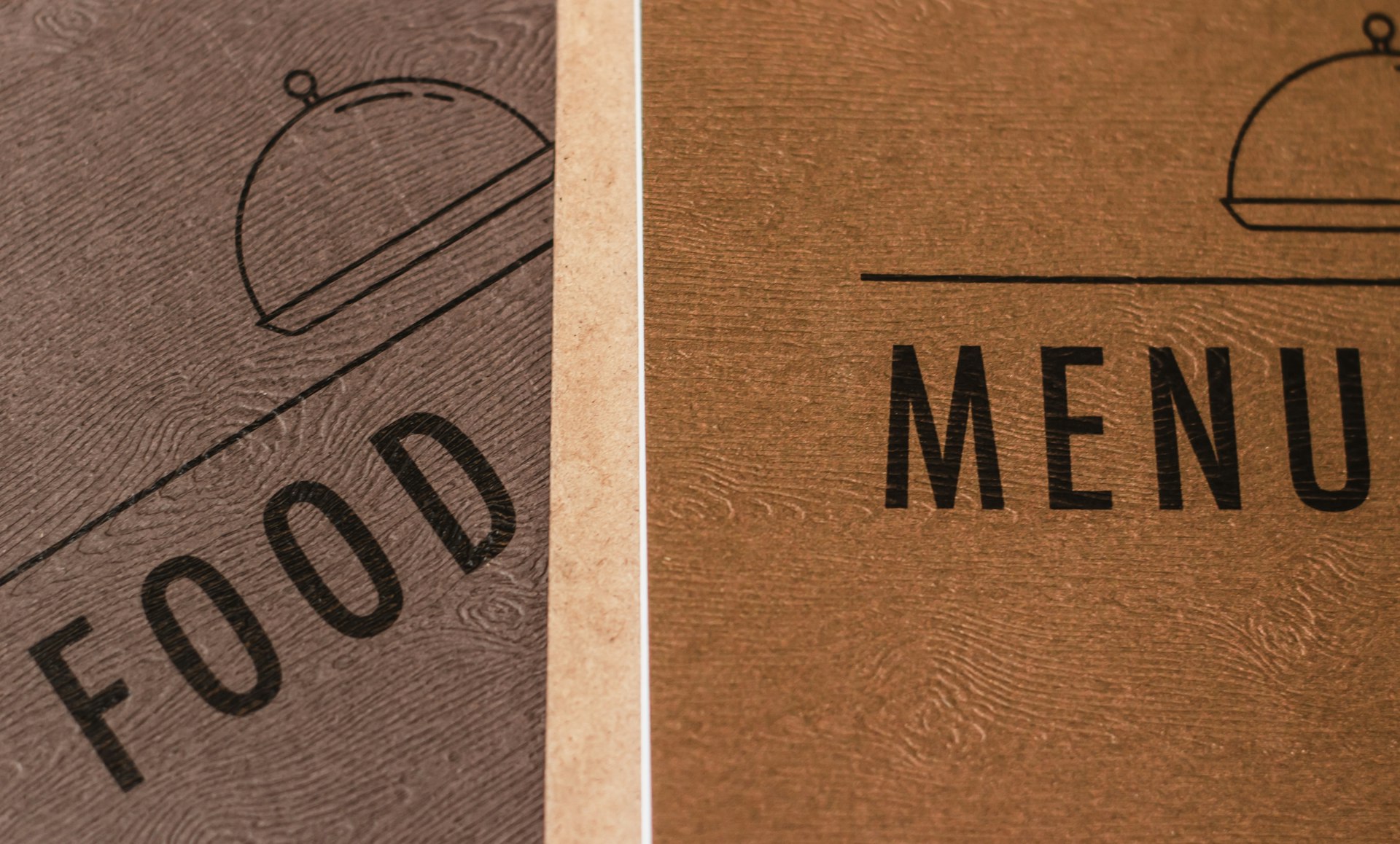Preserving Heritage: How Family Storytelling Builds Cultural Legacy Across Generations

Photo by Daman IAm on Unsplash
Introduction: The Enduring Power of Family Storytelling
Family storytelling is far more than a nostalgic pastime. It serves as a bridge connecting generations, a vessel for transmitting values, and a powerful tool for preserving cultural heritage. Across countless cultures and time periods, the simple act of sharing stories-whether spoken aloud at the dinner table or carefully recorded in family archives-has proven essential for maintaining a vibrant sense of identity and belonging. As families face rapid societal shifts and increasing digital fragmentation, the intentional preservation and sharing of family stories become even more crucial for sustaining cultural legacy and fostering resilience among younger generations. [2] [3]
The Role of Family Storytelling in Shaping Identity and Values
Stories handed down from elders to children do more than entertain-they encode the lived experiences, lessons, and aspirations of those who came before. Through the telling and retelling of both triumphs and hardships, families instill a sense of continuity and shared purpose. Research has shown that children who are familiar with their family’s narratives tend to exhibit greater resilience and adaptability in the face of challenges. [5] These narratives become a touchstone for decision-making and personal development, helping individuals understand not only where they come from, but also how to navigate the world with wisdom drawn from collective experience. [4]
Practical Steps to Begin Sharing Stories
Starting a tradition of family storytelling can be simple and deeply rewarding. Consider these steps:
- Host regular family gatherings : Designate time during meals or reunions for sharing memorable events, lessons learned, or stories about ancestors.
- Encourage contributions from all ages : Invite children, parents, and grandparents to share personal experiences. Young family members often bring fresh perspectives, while older relatives can recall stories that might otherwise be lost. [1]
- Record stories in multiple formats : Capture oral histories via audio recordings, write them down in journals, or create digital archives that can be updated over time. [3]
Families who take these steps often find that the process itself strengthens bonds and encourages open dialogue across generations.
Building and Maintaining a Family Archive
Archiving family stories helps ensure that valuable memories, wisdom, and cultural practices are preserved for the future. A family archive can take many forms-from a simple collection of letters and photographs to a comprehensive digital library containing audio recordings, videos, and written histories. [1]
How to Create a Family Archive
- Gather artifacts : Start by collecting photos, letters, heirlooms, and other items with personal or historical significance.
- Document stories : Ask family members to share the stories behind each item. Record these accounts using your preferred method-written notes, voice memos, or video interviews.
- Organize and store safely : Use archival-quality materials for physical items and back up digital files in multiple locations. Consider cloud storage for easy sharing and long-term preservation.
- Regularly update the archive : As new stories and experiences occur, add them to the archive. Encourage younger family members to take an active role in maintaining and expanding the collection. [1]
By treating the family archive as a living resource, you keep the legacy dynamic and relevant for future generations.
Transmitting Cultural Values and Fostering Resilience
Beyond preserving facts and dates, family storytelling is uniquely positioned to transmit core values, traditions, and a sense of belonging. [4] Stories about overcoming adversity, making difficult choices, or celebrating milestones provide young listeners with valuable frameworks for navigating life’s complexities. Studies show that children who know their family stories often develop stronger self-esteem and a more robust sense of identity. [5]
Examples of Storytelling in Practice
Consider the following real-world examples:
- A family regularly recounts the story of an ancestor who immigrated under difficult circumstances, emphasizing themes of perseverance and gratitude. This narrative becomes a touchstone during times of family challenge, reinforcing a “we can overcome” mindset.
- Another family maintains a tradition of sharing the origins behind each member’s name, connecting children to their heritage and imparting a sense of pride and purpose. [5]
Both cases show how specific stories can shape attitudes, influence decisions, and build emotional resilience.
Overcoming Challenges in Family Storytelling
Despite its benefits, family storytelling can present challenges. Generational gaps, busy schedules, or discomfort in discussing difficult histories may hinder the process. To address these barriers:
- Foster an inclusive atmosphere : Ensure all voices are welcomed. Encourage listening without judgment, especially when stories involve sensitive topics.
- Use technology wisely : Employ digital tools to facilitate storytelling across distances. Video calls and online platforms can connect far-flung relatives and help document stories that might otherwise go unshared.
- Seek outside guidance if needed : In some cases, consulting with cultural heritage organizations or professional archivists can provide helpful frameworks and support for your family’s storytelling efforts. You can search for “family history preservation organizations” or contact your local library for recommendations.
With patience and creativity, most families can overcome initial obstacles and build a storytelling tradition that lasts.

Photo by Nationaal Archief on Unsplash
Alternative Approaches to Preserving Family Legacy
While oral storytelling and physical archives are traditional methods, families may consider alternative or supplementary approaches:
- Create multimedia projects : Compile family documentaries, podcasts, or interactive timelines using digital tools.
- Host themed storytelling nights : Focus on specific topics-such as holiday traditions, migration stories, or “firsts”-to encourage participation.
- Engage with community resources : Museums, cultural centers, and genealogy groups often offer workshops and support for recording family histories.
These alternative approaches can make the process more engaging, especially for younger generations who may prefer digital media.
Actionable Steps for Getting Started
To begin creating your family storytelling legacy, consider the following practical steps:
- Start conversations with relatives about their memories and experiences. Use open-ended questions to encourage detailed responses.
- Document stories in a variety of formats to ensure they are accessible and engaging for different family members.
- Assign roles within the family (e.g., storyteller, archivist, interviewer) to involve multiple generations and skill sets.
- Set regular times for story sharing, either in person or virtually, to establish the tradition as an ongoing family activity.
- Stay open to evolving the process as technology and family needs change over time.
If you need step-by-step guides or resources, you can search for “how to record oral family histories,” “creating a family archive,” or consult your local library’s genealogy section for workshops and materials.
Key Takeaways
Family storytelling is a profound means of preserving cultural legacy, transmitting values, and fostering resilience. By intentionally recording, sharing, and celebrating your family’s unique narratives, you help ensure that the wisdom and experiences of past generations continue to enrich the lives of those yet to come. Whether through traditional oral storytelling, written records, or creative digital projects, the act of preserving and passing on family stories is an enduring gift-a legacy that grows more valuable with each telling.
References
- [1] IdeaExchange@UAkron (2024). Conversations on Cultural Heritage: Confirming the Family Archive.
- [2] Neerja Raman (2025). The Power of Storytelling in Understanding Family History.
- [3] Recording Your Family History. Importance Of Family Storytelling.
- [4] Bessemer Trust. The Power of Family Stories.
- [5] The Family Proclamation. Names and Narratives: How Family Storytelling Shapes Resilience.



